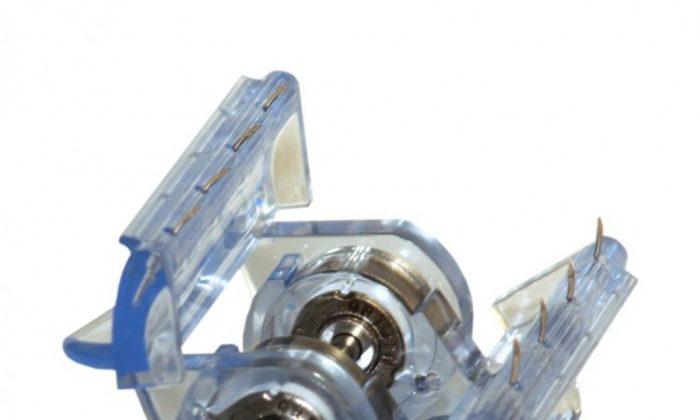A lifesaving medical device invented by a Canadian trauma surgeon is expected to hit markets this year, and it is already getting attention from investors around the world.
The ITClamp Hemorrhage Control System, invented by surgeon Dennis Filips, resembles nothing more than a small hairclip but is capable of stopping major bleeding in a matter of seconds.
The 5-centimeter clamp closes around an open wound and can stop massive hemorrhage—a leading cause of death in traumatic injury—by controlling critical bleeding in less than five seconds.
The $65 device seals the skin closed to create a temporary pool of blood under pressure, which forms a stable clot until the wound can be surgically repaired.
“It’s a pretty intuitive design,” Filips says. “People can just simply pick it up, apply it, squeeze it, and the device does all the rest.”
“We would run real-time simulations in the field, and it was during that process that I developed an appreciation for how difficult it was to carry out all of the lifesaving skills,” he says.
“So I came up with a lot of ideas for how to carry out advanced medical procedures and wrap them up into devices that were simple and easy to use.”
Filips says that although the clamp will be very useful to the military in treating combat trauma, the most common use for it will likely be in “civilian trauma” cases such as car accidents, sports injuries, and industrial accidents.
“Wherever there’s potential for trauma from an open wound or open gash, that particular market, when we calculate the numbers, adds up to about a billion-dollar opportunity between Europe and North America, based on civilian trauma.”
Regulatory Approval
Earlier this month the ITClamp received ISO (International Organization for Standardization) certification for quality management but must clear a few more regulatory hurdles before it becomes available on global markets.
Filips expects the clamp will be approved by Health Canada by next month and available in Europe by the end of the year. Approval by the U.S. Food and Drug Administration is expected in early 2013, followed by Australia, New Zealand, and some Middle Eastern countries.
“Once we have the regulatory approvals to start selling, then we can enter the markets in each of those countries. But from an end user point of view, distributor point of view, everybody’s asking us, ‘When can we start buying this thing?’ So there’s a lot of pull from the market,” he says.
Two weeks ago, Filips and his fledgling company, Innovative Trauma Care, opened a new office in San Antonio, Tex., that will help launch and commercialize the clamp. The city has offered the company a grant to help start its operations.
“San Antonio is the up-and-coming epicenter of trauma medicine in North America,” Filips says, adding that he has also received a lot of interest in the device from the U.S. military.
The Epoch Times publishes in 35 countries and in 19 languages. Subscribe to our e-newsletter.








